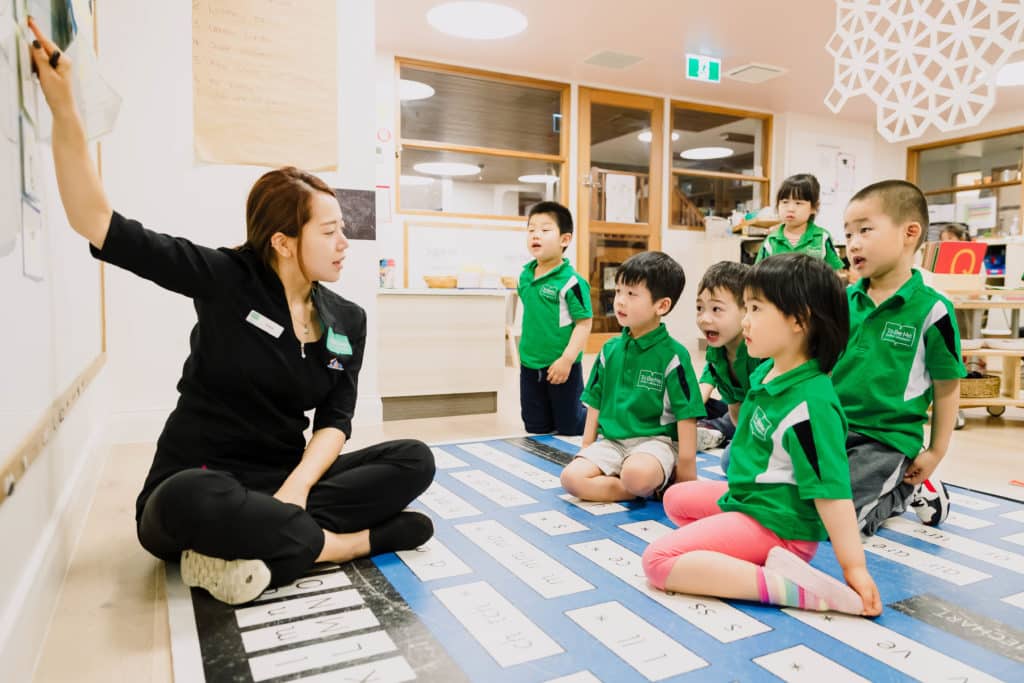
Introduction
I am Denyse Ritchie and I am the Honorary Chair of Literacy at Murdoch University and co-author and developer of THRASS. Teaching children to read for pleasure and knowledge and to write for self-expression is my passion. Laying the correct foundation to learning these skills is fundamental to a child’s success.
What a fantastic two days we had at ToBeMe recently, where parents and children worked together to explore the two powerful elements that underpin the acquisition of reading and writing, oral language and phonemic awareness and, how THRASS is used to teach these two essential elements.
The importance of Oral Language
First we explored oral language. Oral language is a child’s first structured medium of communication. Oral language enables children to define themselves in the world. It is about communicating with other people. It involves thinking and knowledge and it is central to the lives of all people.
Oral language is about socially communicating with others and building a vocabulary to accommodate learning. A child’s vocabulary builds from need. As they become curious to learn more about the world around them so their vocabulary increases. Talking to your child about words and their meaning is the one of the most important gifts you can bestow on your child. Here are some suggestions to help you support the development of oral language skills and build vocabulary.
Keeping the Conversation going
It is difficult to keep up a conversation when you must continually look up, so be mindful to get down to their eye level. Give them your full attention and focus on what they say. Make sure your child speaks in sentences. Ask open-ended questions using “Why do you think?” “What do you think?” Ask them to reflect and formulate opinions. Value their ideas. Ask them about their feelings. Discuss day-to-day issues that arise in every day family life, where they are going, what they are eating, who will they see.
When sharing books discuss the characters, the setting, the pictures and emotions. These discussions will enrich your child’s experiences and build appropriate vocabulary.
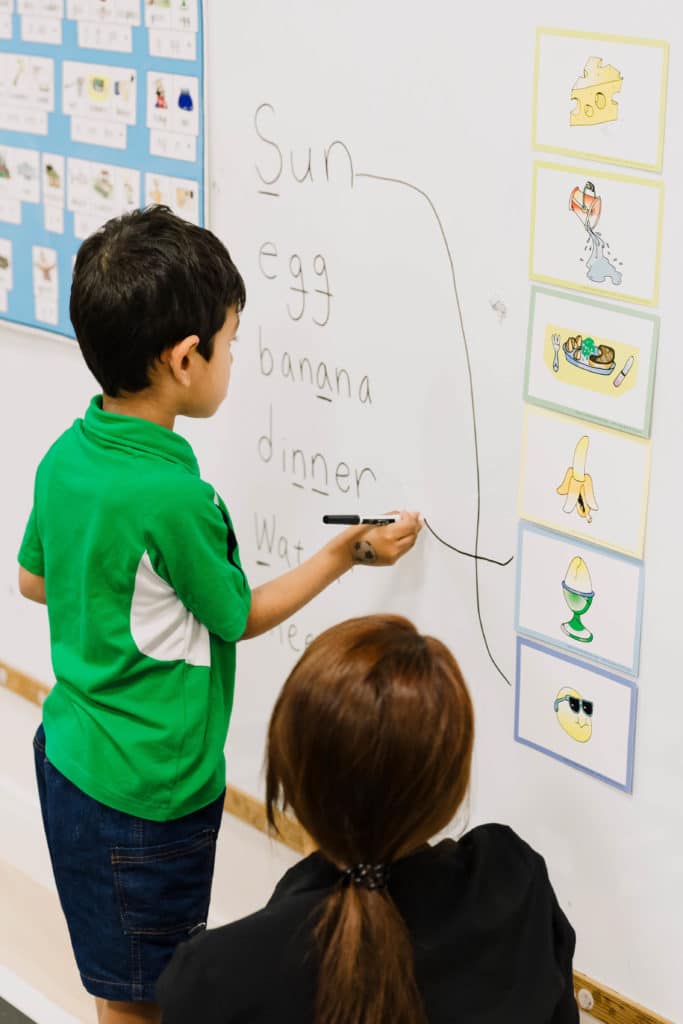
A useful resource
The THRASSCHART provides 120 words to discuss. Explore the meaning of the words and alternate meanings. Group words into common themes and discuss the themes, for example, find all the animals on the chart or all the tools on the chart etc. Encourage your child to tell stories using the words on the chart.
Remember they may take numerous times revisiting the same words to understand and apply these to memory. Be patient.
Phonemic Awareness explained
We then explored phonemic awareness. Phonemic awareness is the ability to hear, identify and manipulate the individual sounds of a language.
Phonemic awareness is not phonics but the precursor of phonics.
Before children learn to read or write they need to recognise that words are made up of speech sounds, phonemes. Phonemic awareness must be taught and as such is referred to as a learned skill. There are 44 phonemes in
spoken English and to segment, hear, identify and manipulate these phonemes requires teaching. The THRASSCHART provides a reference tool to show and identify the 44 phonemes. There is one box for each English phoneme on the chart. The iThrass App available from the Apple store and the Raps and Sequence CD provide a great way to teach phonemic awareness.
Phonemic awareness is best developed through play based oral language strategies.
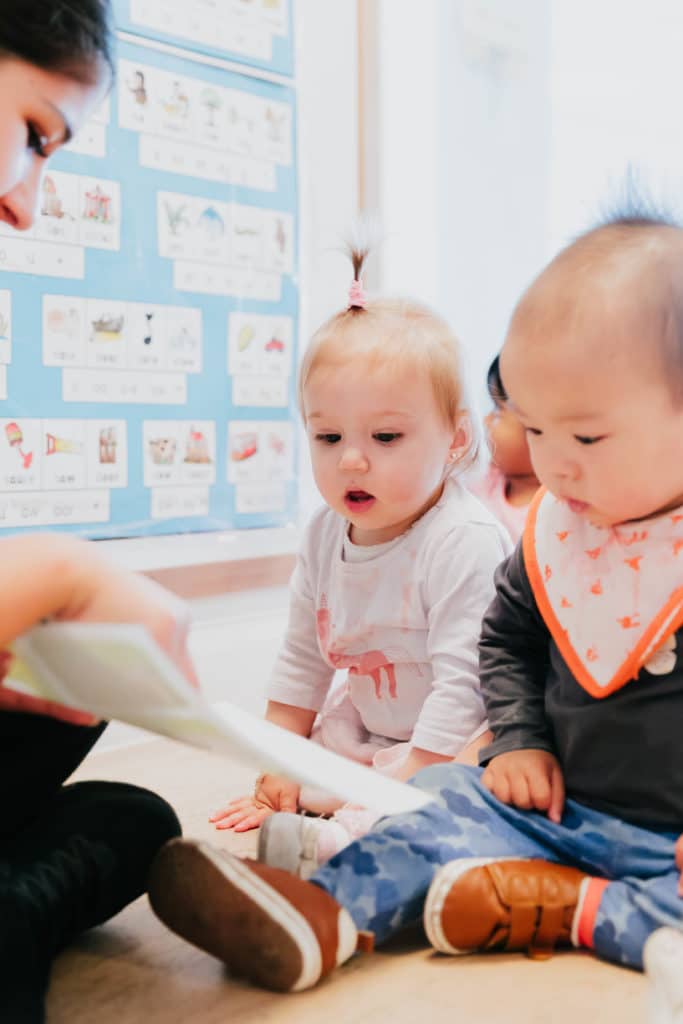
Next steps
What can you do to help? Read, read, read! Sharing books and talking about the sounds in words is an excellent way of building phonemic awareness. Use songs, nursery rhymes and tongue twisters. Many songs, nursery rhymes and tongue twisters are built around matching sounds to develop phonemic awareness – like ‘Jack and Jill went up the hill’, or “She sells sea shells by the sea shore”, or “Humpty Dumpty sat on a wall”.
Talk about the words on your THRASSCHART and point out what phoneme box they are in and look at the individual phonemes that make up each word. Sound out words ‘b’, ‘ir’ ‘d’, ‘a’ ’n’ ‘t’, ‘t’ ‘oy’. Point out the same phonemes in words, there is ‘b’ in bird, bridge, bell, baby, zebra etc. Talk about the position of sounds. Is at the start of a word or in the middle of the word or at the end of the word?
Play sound games. A great game to look for particular phonemes in words on the chart is “I hear with my little ear a word with the phoneme…”
Remember…
Each child develops at their own pace. Be patient and persist. It’s important to keep learning fun. Take the same approach as when your child is learning to walk – praise their effort, then encourage them to try again and give them help if needed.
We all learn by making ‘mistakes’. Praising your child’s efforts as well as their successes helps to make them a more resilient learner.
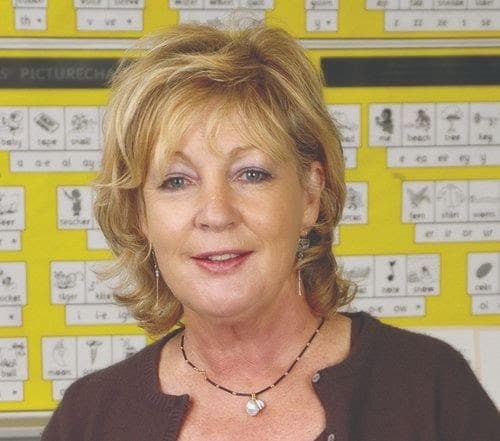
ToBeMe Thought Leader and the co-founder of the THRASS Institute, Denyse Ritchie.
Denyse is a highly experienced professional and largely considered an expert in her field. She has vast experience as a teacher, university lecturer, teacher trainer and author.
Comments are closed.






